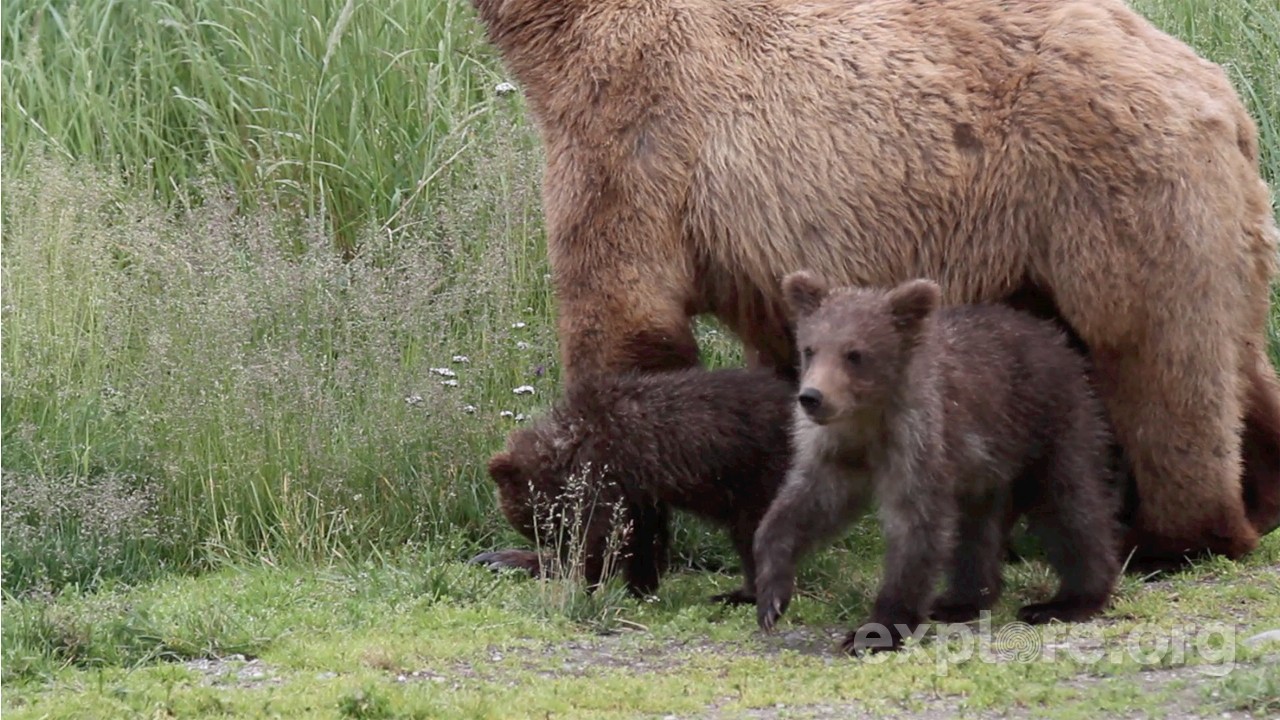What Am I Watching Here?: The Difference Between Brown Bears and Grizzly Bears
On the #BearCam in Katmai National Park, you can catch a sneak peek of the brown bears beginning their summer of salmon fishing and foraging. If you’ve ever wondered about the differences between brown and grizzly bears, let Ranger Michael Fitz explain:
All grizzly bears are brown bears, but not all brown bears are grizzly bears. The bears you are watching on the cams are brown bears. Grizzly bears and brown bears are the same species (Ursus arctos), but grizzly bears are currently considered to be a separate subspecies (U. a. horribilis). Due to a few morphological differences, Kodiak bears are also considered to be are distinct subspecies of brown bear (U. a. middendorfii), but are very similar to Katmai’s brown bears in diet and habits.
Even though grizzlies are considered to be a subspecies of brown bear, the difference between a grizzly bear and a brown bear is fairly arbitrary. In North America, brown bears are generally considered to be those of the species that have access to coastal food resources like salmon. Grizzly bears live further inland and typically do not have access to marine-derived food resources.
Besides habitat and diet, there are physical and (arguably) temperamental differences between brown and grizzly bears. Large male brown bears in Katmai can routinely weigh over 1,000 pounds (454 kg) in the fall. In contrast, grizzly bears in Yellowstone National Park weigh far less on average. There have been no documented cases of grizzly bears weighing over 900 pounds (408 kg) in Yellowstone. Additionally, grizzly bears seem to react to humans at greater distances than brown bears.
Black bears are a different species of bear (Ursus americana). There is only one verified record of black bear in Katmai.




Trackbacks for this post